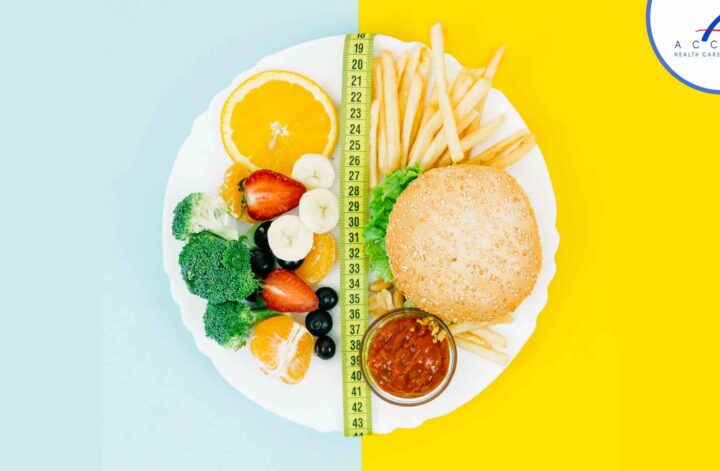In a world where convenience often trumps conscientiousness, the debate between junk food and healthy eating rages on. From tantalizing fast-food advertisements to the vibrant allure of fresh produce, our food choices shape not only our bodies but also our overall well-being. Let’s embark on a journey through the contrasting realms of junk and healthy food, exploring their impact on our health and happiness.
The Temptation of Junk Food
Picture this: a sizzling burger, dripping with cheese, accompanied by a mound of crispy fries. The mere thought can set taste buds tingling and stomachs grumbling. Junk food possesses an undeniable allure, offering instant gratification in the form of tantalizing flavors and convenient packaging. However, beneath its enticing exterior lies a nutritional minefield.
Junk food, often laden with excessive amounts of sugar, salt, and unhealthy fats, can wreak havoc on our bodies. Regular consumption has been linked to obesity, heart disease, and a myriad of other health issues. Yet, despite the mounting evidence against it, the pull of junk food remains potent, fueled by clever marketing tactics and our innate desire for indulgence.
The Promise of Healthy Eating
On the flip side, healthy eating beckons with promises of vitality and longevity. Fruits, vegetables, whole grains, and lean proteins form the cornerstone of this wholesome approach to nourishment. Embracing a diet rich in these nutrient-dense foods can bolster our immune systems, improve our mood, and safeguard against chronic illnesses.
However, the path to healthy eating is not always smooth sailing. It requires dedication, planning, and a willingness to forgo immediate gratification for long-term benefits. Fresh produce may not boast the same instant allure as a bag of chips, but its impact on our health is undeniable.
Navigating the Gray Area
Yet, amidst the stark contrast between junk and healthy food lies a vast gray area. Not all processed foods are inherently unhealthy, and not all fresh produce is automatically nutritious. The key lies in understanding the nuances of nutrition and making informed choices.
Moderation is paramount. Indulging in the occasional treat can be a source of joy and satisfaction, provided it doesn’t overshadow our overall commitment to health. Similarly, not all healthy foods are created equal. A balanced diet encompasses variety, ensuring that we obtain essential nutrients from a diverse range of sources.
Conclusion: Finding Balance
In the perpetual tug-of-war between junk and healthy food, finding balance is key. Rather than viewing these categories as rigid binaries, we can adopt a more nuanced approach to nourishment. By cultivating mindfulness around our food choices and prioritizing whole, nutrient-dense options whenever possible, we can nourish our bodies and minds in harmony, embodying the ethos of Access Health Care Physicians.
Ultimately, the journey towards optimal health is not about deprivation or strict dietary rules. It’s about fostering a positive relationship with food, one that honors both our physical well-being and our enjoyment of life’s culinary pleasures. So let’s savor that occasional slice of pizza while relishing the vibrant flavors of a crisp salad. After all, true nourishment encompasses not only what we eat but also how we savor each bite along the way.



